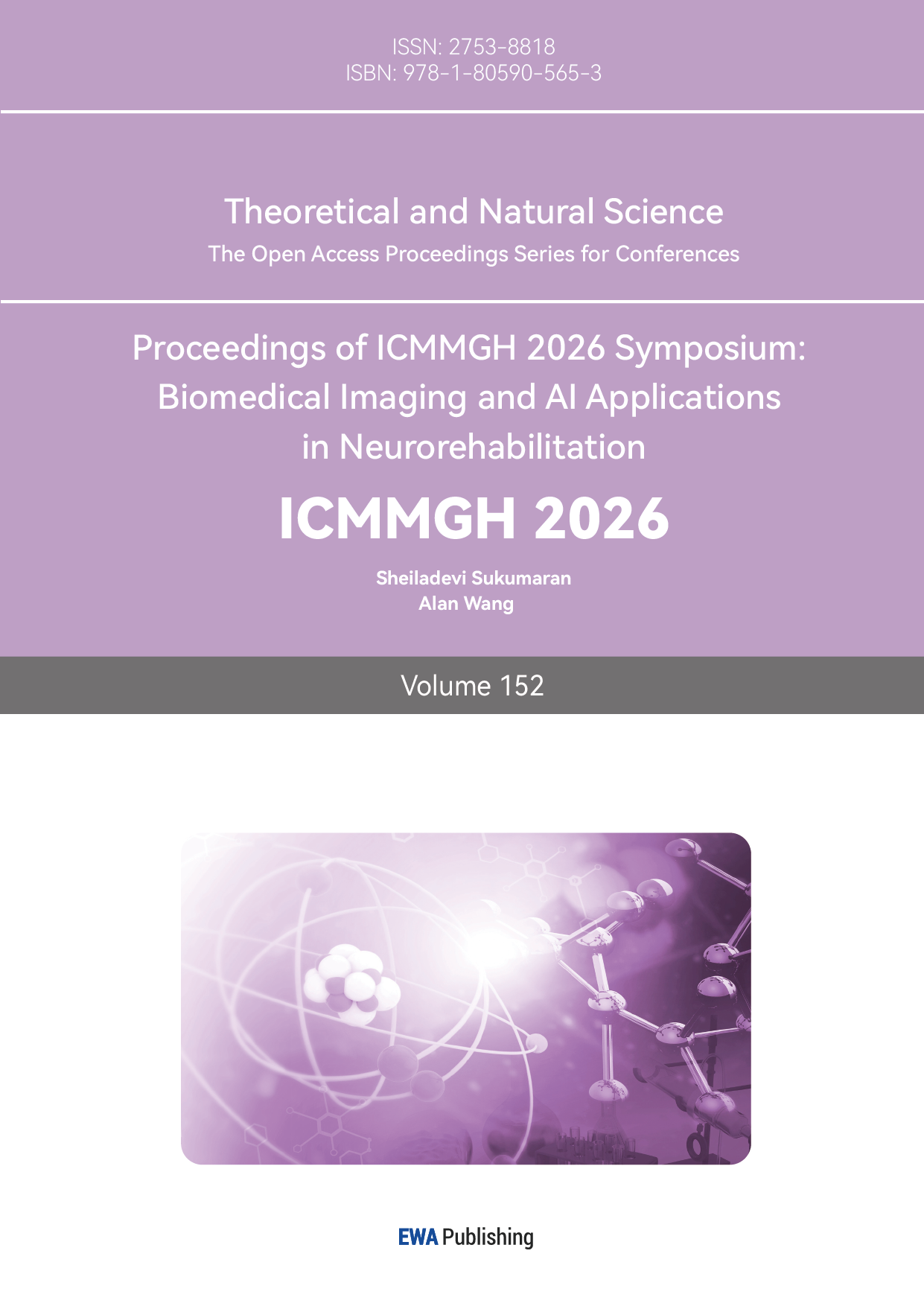References
[1]. Tierney, P., Clarke, N. and Roberts, S. (2024) 'Use and application of wearable technology in football further education settings in the UK’, Sport, Education and Society, pp. 1–14. doi: 10.1080/13573322.2024.2404896.
[2]. Malone, J.J., Lovell, R., Varley, M.C. and Coutts, A.J. (2017). Unpacking the Black Box: Applications and Considerations for Using GPS Devices in Sport. International Journal of Sports Physiology and Performance, 12(s2), pp.S2-18S2-26. doi: https: //doi.org/10.1123/ijspp.2016-0236.
[3]. Alanen, A., Räisänen, A., Benson, L. and Pasanen, K. (2021). The use of inertial measurement units for analysing change of direction movement in sports: A scoping review. International Journal of Sports Science & Coaching, 16(6), pp.1332–1353. doi: https: //doi.org/10.1177/17479541211003064.
[4]. Pasadyn, S.R., Soudan, M., Gillinov, M., Houghtaling, P., Phelan, D., Gillinov, N., Bittel, B. and Desai, M.Y. (2019). Accuracy of commercially available heart rate monitors in athletes: a prospective study. Cardiovascular Diagnosis and Therapy, [online] 9(4), pp.379–385. doi: https: //doi.org/10.21037/cdt.2019.06.05.
[5]. Makar, P., Ana Filipa Silva, Oliveira, R., Marcin Janusiak, Parus, P., Smoter, M. and Filipe Manuel Clemente (2023). Assessing the agreement between a global navigation satellite system and an optical-tracking system for measuring total, high-speed running, and sprint distances in official soccer matches. Science Progress, 106(3). doi: https: //doi.org/10.1177/00368504231187501.
[6]. Simen Raaen Sandmæl and Dalen, T. (2023). Comparison of GPS and IMU systems for total distance, velocity, acceleration and deceleration measurements during small-sided games in football. Cogent Social Sciences, 9(1). doi: https: //doi.org/10.1080/23311886.2023.2209365.
[7]. Pons, E., García-Calvo, T., Cos, F., Resta, R., Blanco, H., López del Campo, R., Díaz-García, J. and Pulido-González, J.J. (2021). Integrating video tracking and GPS to quantify accelerations and decelerations in elite football. Scientific Reports, 11(1). doi: https: //doi.org/10.1038/s41598-021-97903-2.
[8]. İkizoğlu, S., Şahin, K., Ataş, A., Kara, E. and Çakar, T. (2017). IMU Acceleration Drift Compensation for Position Tracking in Ambulatory Gait Analysis. Proceedings of the 14th International Conference on Informatics in Control, Automation and Robotics, pp.582–589. doi: https: //doi.org/10.5220/0006422905820589.
[9]. GILLINOV, S., ETIWY, M., WANG, R., BLACKBURN, G., PHELAN, D., GILLINOV, A.M., HOUGHTALING, P., JAVADIKASGARI, H. and DESAI, M.Y. (2017). Variable Accuracy of Wearable Heart Rate Monitors during Aerobic Exercise. Medicine & Science in Sports & Exercise, 49(8), pp.1697–1703. doi: https: //doi.org/10.1249/mss.0000000000001284.
[10]. Polak, A.G., Klich, B., Stanisław Saganowski, Prucnal, M.A. and Przemysław Kazienko (2022). Processing Photoplethysmograms Recorded by Smartwatches to Improve the Quality of Derived Pulse Rate Variability. Sensors, 22(18), pp.7047–7047. doi: https: //doi.org/10.3390/s22187047.
[11]. Bastida Castillo, A. et al. (2018) 'Accuracy, intra- and inter-unit reliability, and comparison between GPS and UWB-based position-tracking systems used for time–motion analyses in soccer’, European Journal of Sport Science, 18(4), pp. 450–457. doi: 10.1080/17461391.2018.1427796..
[12]. Association, T.F. (2022). Law 4 - The Players’ Equipment. [online] www.thefa.com. Available at: https: //www.thefa.com/football-rules-governance/lawsandrules/laws/football-11-11/law-4---the-players-equipment .
[13]. Catapult (n.d.) Football analysis software. Available at: https: //www.catapult.com/sports/football (Accessed: 13 October 2025).
[14]. Piwek, L., Ellis, D.A., Andrews, S. and Joinson, A. (2016). The Rise of Consumer Health Wearables: Promises and Barriers. PLOS Medicine, [online] 13(2), p.e1001953. doi: https: //doi.org/10.1371/journal.pmed.1001953.
[15]. Wang, Z.Z., Xia, X. and Chen, Q. (2025). Multi-level data fusion enables collaborative dynamics analysis in team sports using wearable sensor networks. Scientific Reports, 15(1). doi: https: //doi.org/10.1038/s41598-025-12920-9.



